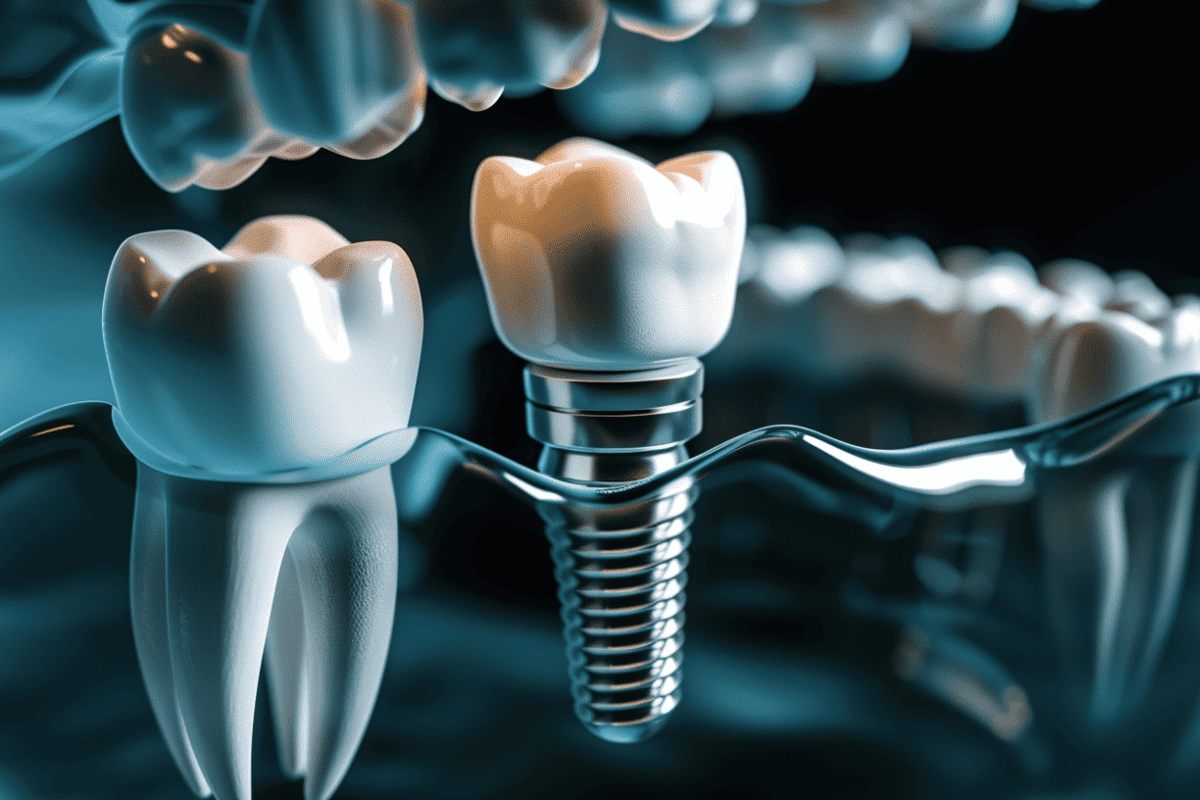Many people possess a fear of dentists, and that’s what lets them run behind their dental appointments. While many people prepare themselves for a lecture from their dentist, it is vital to know that’s no longer the case. With the advent of modern technology and dentistry revolutions, many options help keep your teeth healthy and beautiful.
Some new dental care techniques and procedures that leading dentists from Philadelphia bring into their practice are:
Dental Health Improvements- How High-Tech X-Rays Help?
In several dental offices, digitized X-Rays, digital cameras replace traditional radiographs. Although digital X-rays have been ruling the market for several years, these have gained immense popularity among dentists in recent years.
Tech giants say that digital X-rays are much faster and much more efficient than traditional radiographs. Dentists use these by placing an electronic sensor into the patient’s mouth for capturing an image. And, then they relay or scan the same to a computer where dentists can view the image simultaneously.
Know that this procedure is much faster than the processing conventional film method.
The dentist can also store these images on the computer and compare the previous or future ideas. By doing so, they’ll be able to turn a watchful eye over their patient’s dental health.
The uses of digital X-rays run beyond merely finding cavities. These also help look at a bone below the teeth to determine if the bone support is sound or not. These modern X-rays also help endodontists- the people who specialize in root canals to see if the procedure is well-performed or not.
* Lasers for Tooth Cavity Detection:
Traditionally, dentists employed an instrument named “explorer” for finding cavities. With this instrument, dentists could poke around their patient’s mouths during a checkup. Dentists then look closer to see if there was decay, which they notice by seeing if something sticks on the instrument.
However, if you rush to a dentist for urgent dental care in Philadelphia, you’ll see that dentists are switching to diode laser options today. This laser option is a higher-tech option that detects tooth decay. Also, the dentist can choose to watch the tooth closely, compare levels during your next visit, or even remove the cavity-filled tooth.
* Faster Dental Care- CAD/CAM Technology:
CAD is an abbreviation for computer-assisted design, while CAM stands for computer-assisted manufacture. Together, these two terms translate into fewer dental visits for completing procedures like bridges and crowns.
Traditionally, when a patient requires a crown, the dentist makes the tooth mould and fashions a temporary crown. He then waits for the dental laboratory to make a permanent crown. With CAD/CAM technology, the dentists drill the tooth to prepare it for the crown and then take a picture of it with a computer. After that, the image is relayed into the machine, which positions the crown into the office.
Key Takeaways- The Bright Future of Dental Medicine
It’s beyond amazing to see how more and more innovations are paving a path at our disposal. What’s even better is that these are either for improving oral health or upgrading the dentist’s practice as a professional.
All dentists have to do is follow the latest innovations and keep pace with the ever-evolving healthcare possibilities.
This is a sponsored post
Digital Health Buzz!
Digital Health Buzz! aims to be the destination of choice when it comes to what’s happening in the digital health world. We are not about news and views, but informative articles and thoughts to apply in your business.


